Nghe An Provincial People's Council organizes supervision at compulsory drug rehabilitation facilities
(Baonghean.vn) - Reporting to the monitoring delegation of the Provincial People's Council's Legal Committee, the Director of the Nghe An Compulsory Drug Rehabilitation Center No. 1 said that through monitoring students entering and leaving the center, there are about more than 40% of people who relapse.
Staffing difficulties
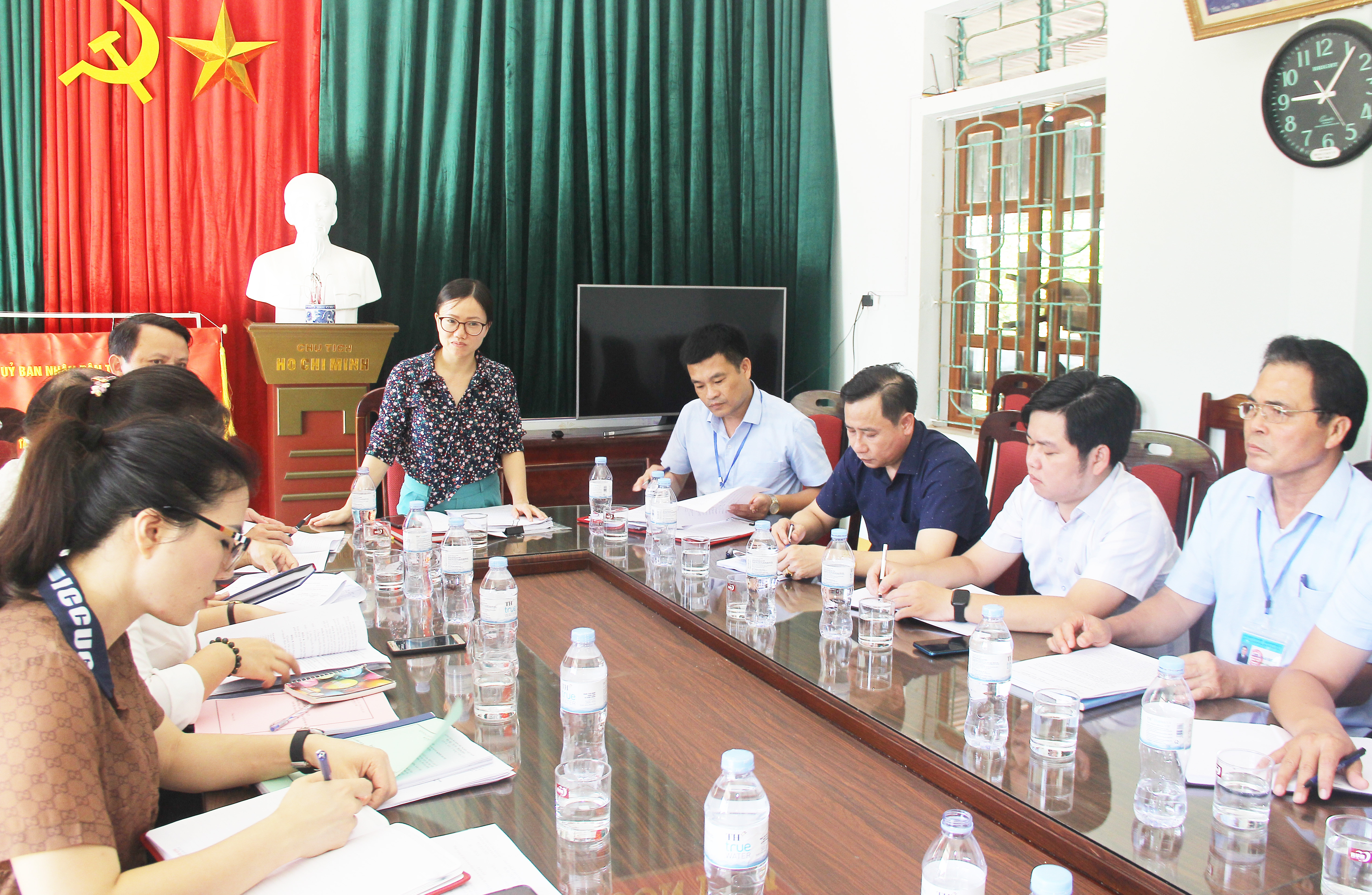 |
| On June 12, the Provincial People's Council's Legal Committee had a working session at the Nghe An Compulsory Drug Rehabilitation Center No. 1 and Phuc Son Voluntary Drug Rehabilitation Center in Anh Son district under the program of monitoring the organization and operation of drug rehabilitation centers in the province. Photo: The monitoring delegation worked at the Nghe An Compulsory Drug Rehabilitation Center No. 1. Photo: Mai Hoa |
Directly surveying the activities and working with the staff of the two rehabilitation facilities, the monitoring team acknowledged the efforts of both facilities in performing the tasks of managing and organizing rehabilitation for compulsory and centralized rehabilitation subjects.
In addition to providing treatment, withdrawal, detoxification and health care for addicts, the facilities also organize many measures to advise, manage and reintegrate students into the community, such as counseling, disseminating general laws as well as topics on the harmful effects of drugs, preventing the spread of infectious diseases; organizing cultural and sports activities, creating a healthy living environment for students at the facilities.
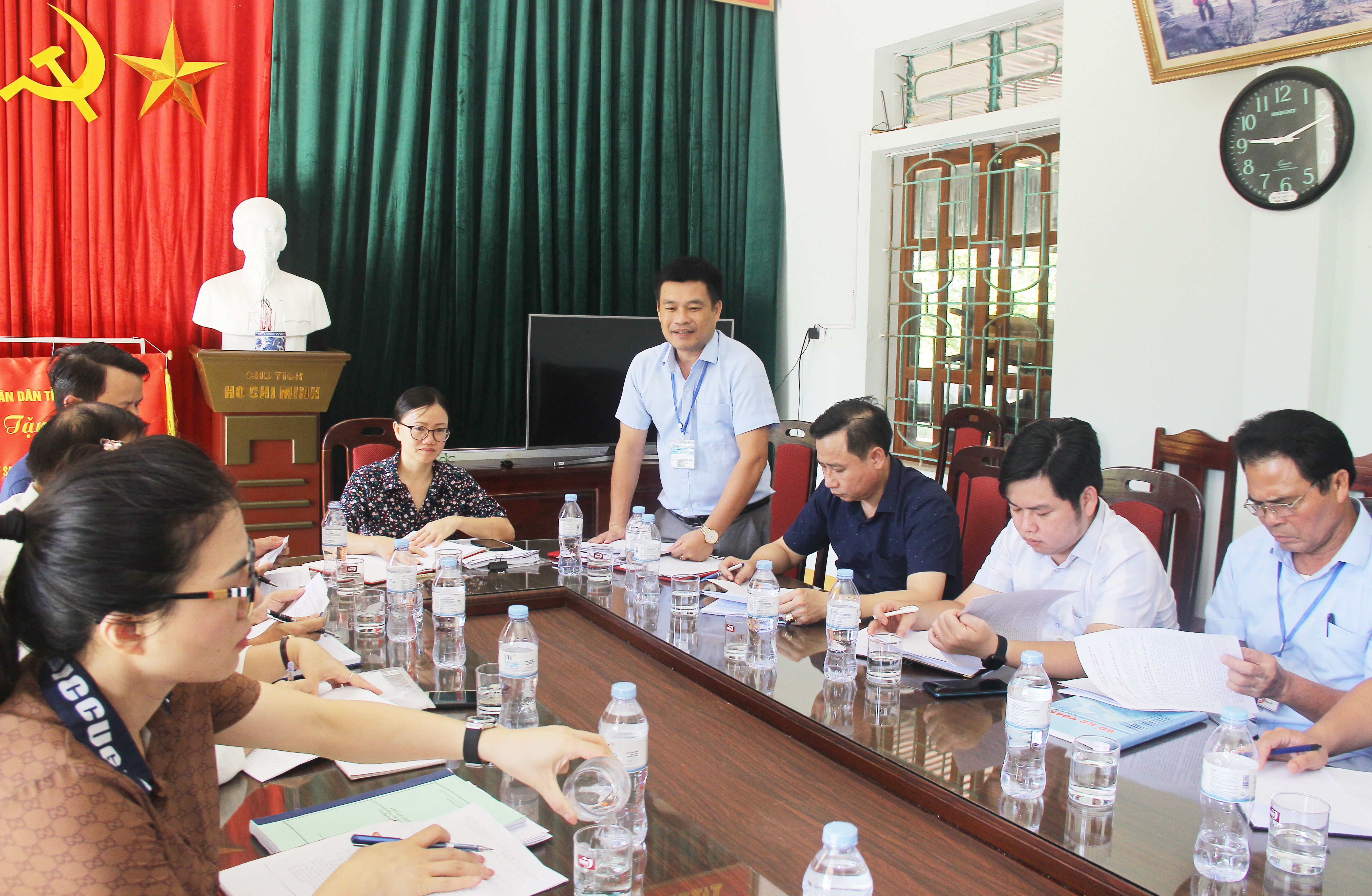 |
| Mr. Nguyen Manh Thang - Director of Compulsory Drug Rehabilitation Center No. 1 in Nghe An said that the staff and employees serving at the facility are thin, causing difficulties in carrying out the facility's tasks. Photo: Mai Hoa |
The centers also conduct vocational training and organize the transfer of civil carpentry, welding, chicken and pig raising and farming to students. At the facilities, students are organized to do production work such as civil carpentry, processing votive paper, raising and growing vegetables, and taking care of the landscape in the premises of each facility.
In addition, the monitoring delegation also shared the difficulties and shortcomings in the operation of the facilities. Most concerning is the thin staff, civil servants and workers at the facilities.
For example, at the Compulsory Drug Rehabilitation Center No. 1 in Nghe An, the number of students currently accepted and managed by the center is nearly 200, while the total number of staff is only 21. Or at the Phuc Son Voluntary Drug Rehabilitation Center, there are more than 220 students and only a total of 20 staff, including 11 on the payroll; 1 contract 68 and 8 youth volunteers.
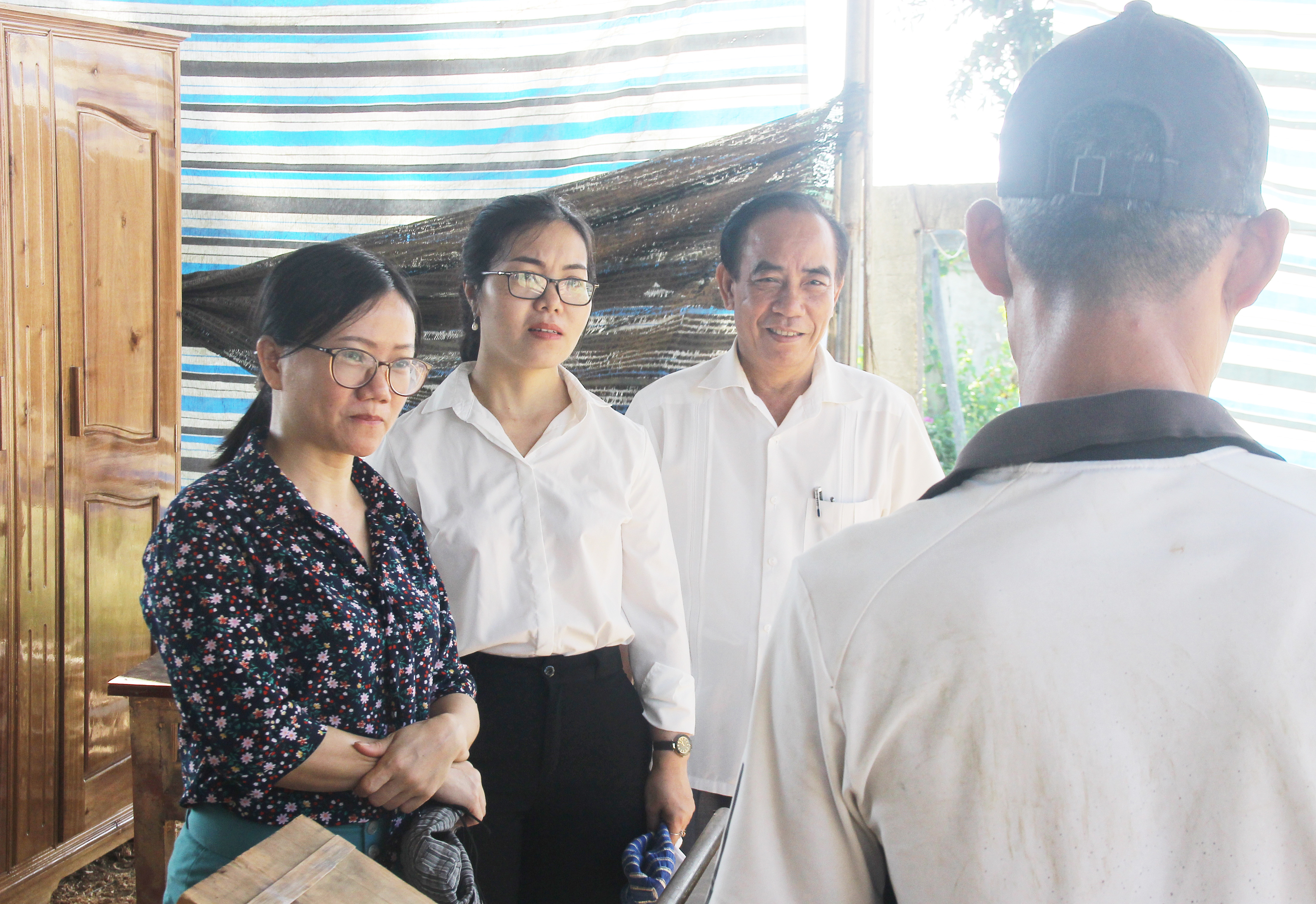 |
| The monitoring team learned directly from the students about drug addiction treatment as well as ensuring the living conditions at the Compulsory Drug Rehabilitation Center No. 1 in Nghe An. Photo: Mai Hoa |
Meanwhile, student management is 24/7, so the centers have to arrange staff to take turns in 3 shifts, each shift has an even thinner number of workers, not to mention that some people take turns taking leave according to the Labor Law and when a student is sick and goes to the hospital, the facility staff must also follow to manage.
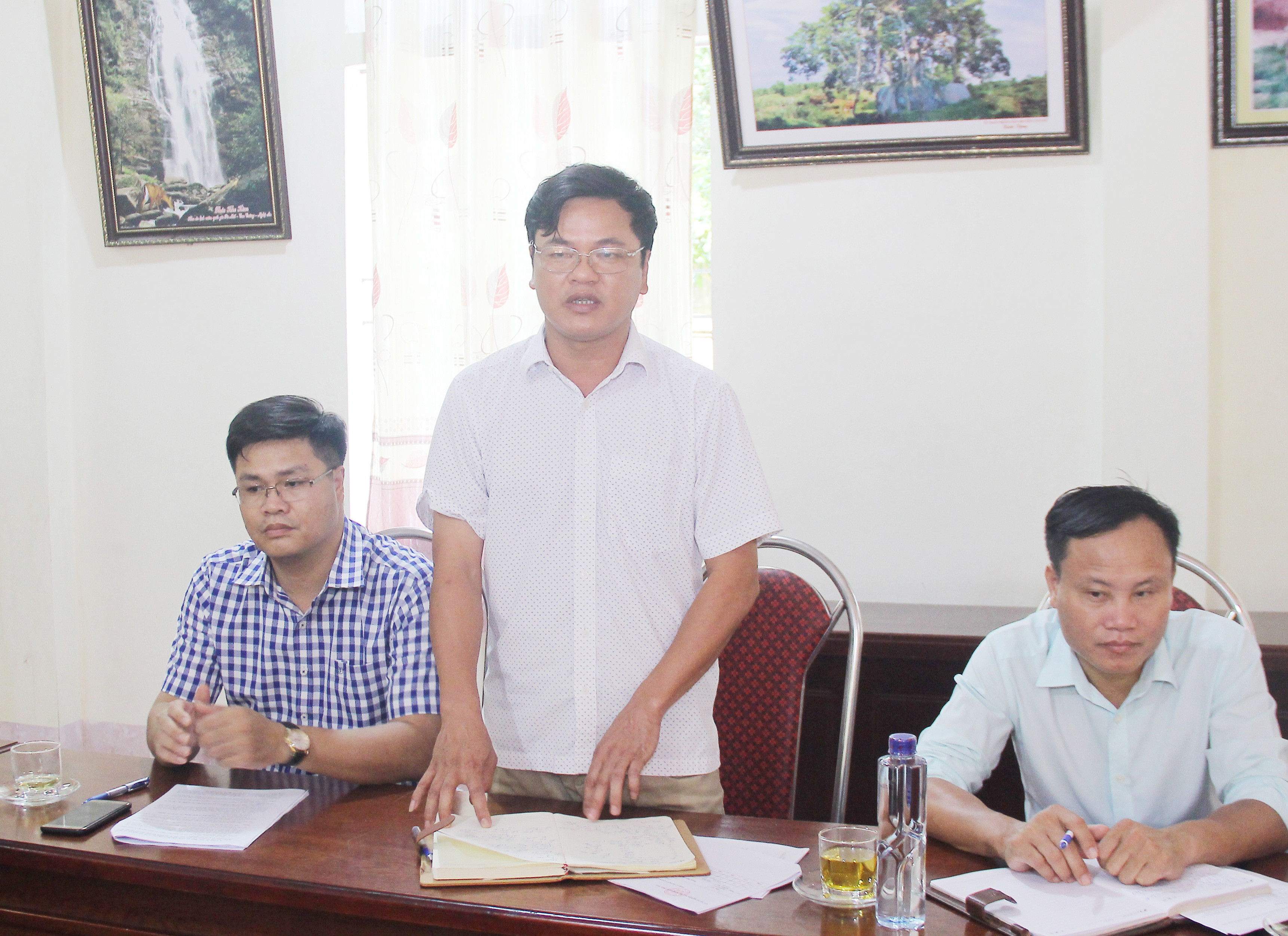 |
| Mr. Le Tien Dung - Director of Phuc Son Voluntary Drug Rehabilitation Center said that supporting tools in managing students are still lacking. Photo: Mai Hoa |
In addition to the current thin staff, facilities are having to implement a policy of streamlining staff according to a roadmap of 10% reduction, while the demand for receiving students is increasing.
Along with the difficulty in staffing, the facilities at the centers are still inadequate. For example, at the Compulsory Drug Rehabilitation Center No. 1 in Nghe An, the student accommodation area and the staff office are still in the same row, without separate areas.
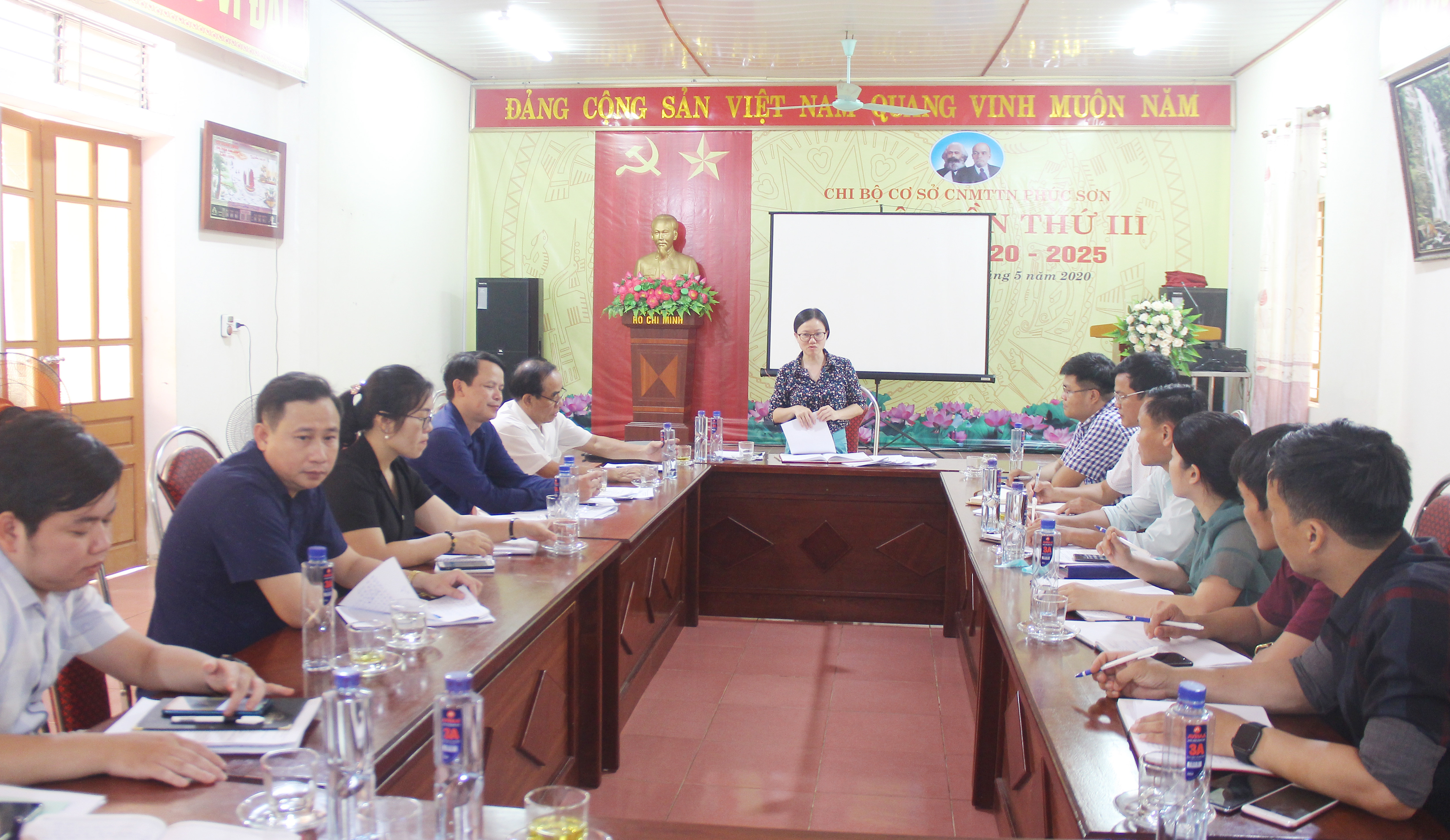 |
| The monitoring team worked at Phuc Son Voluntary Drug Rehabilitation Center (Anh Son). Photo: Mai Hoa |
40% of people relapse
At the working session, answering the monitoring delegation about the success rate of drug addiction treatment at the facilities, the Director of Compulsory Drug Addiction Treatment Center No. 1 Nghe An said that through monitoring students entering and leaving the center, there are about more than 40% of people who relapse, some people come in for the 2nd, 3rd, 4th time; some people who have been drug addicts for 10 years relapse.
At the meeting, the monitoring delegation of the Provincial People's Council's Legal Committee also suggested to the facilities some measures to manage addicts based on classifying subjects to grasp the psychology and circumstances of students associated with strengthening coordination with relevant agencies for appropriate management and education, thereby improving the effectiveness of drug rehabilitation work.
The monitoring team also requested that facilities proactively develop job position projects according to State regulations on drug rehabilitation models and development scale of each facility to recommend to relevant levels for approval, ensuring human resources meet task requirements.

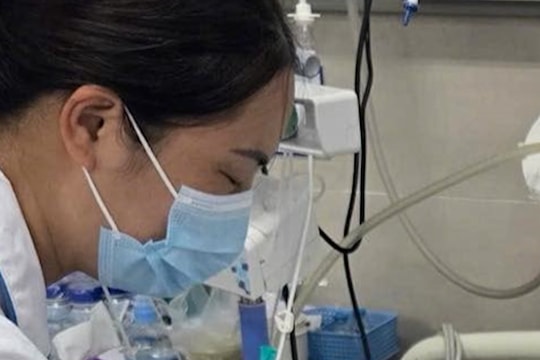
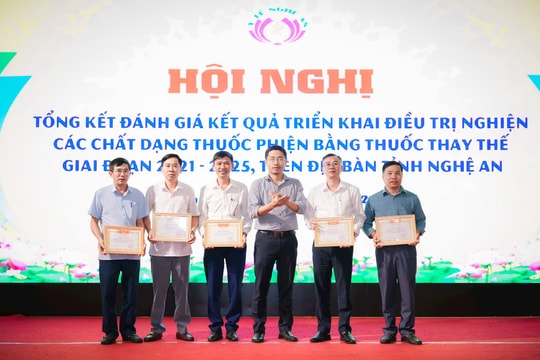
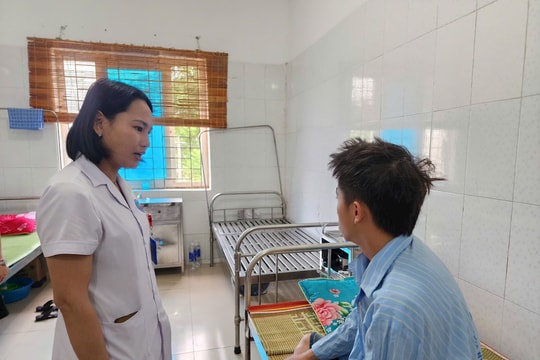
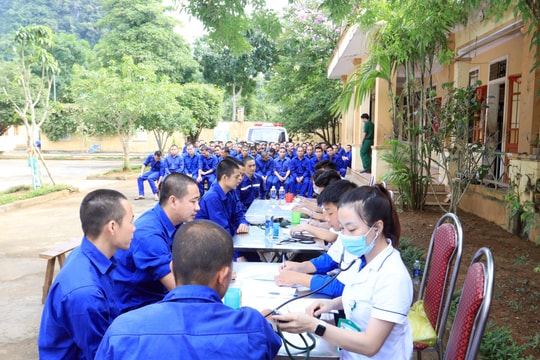
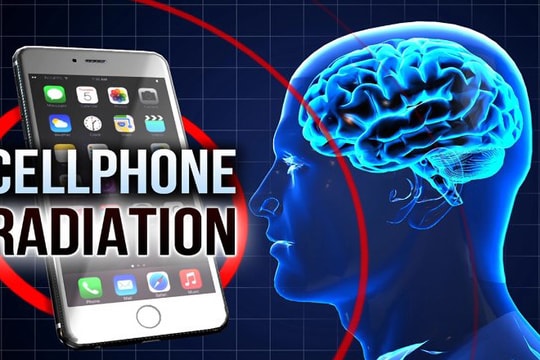

.jpg)
